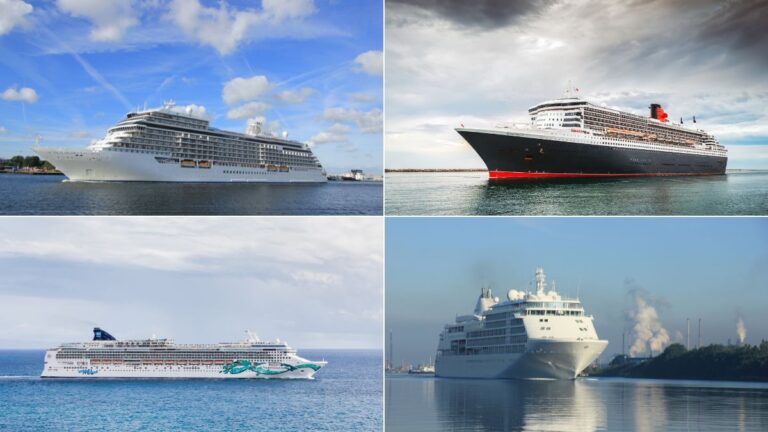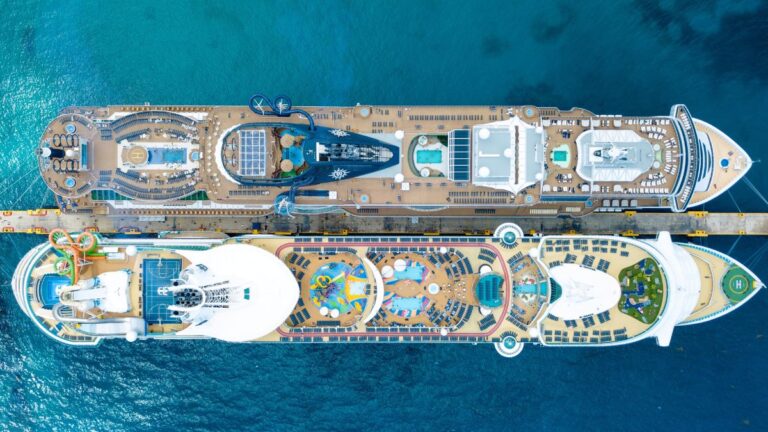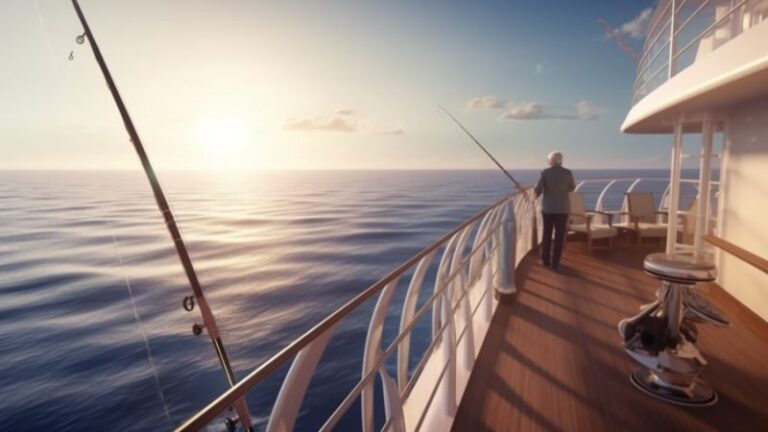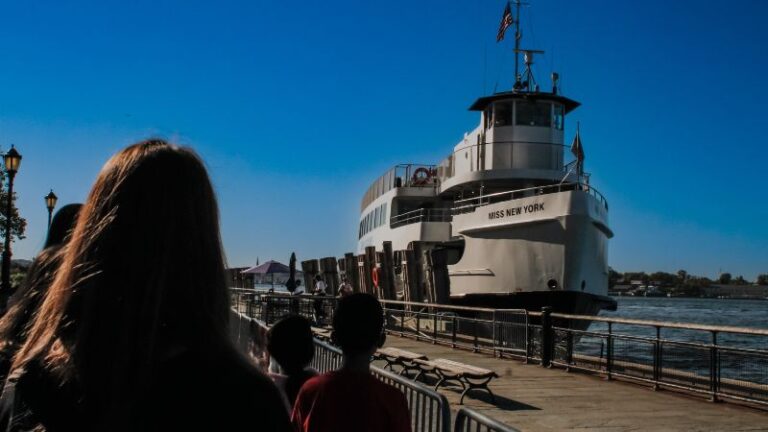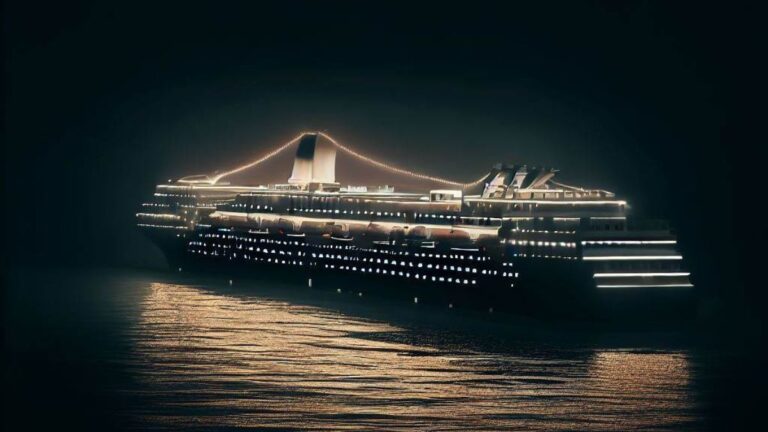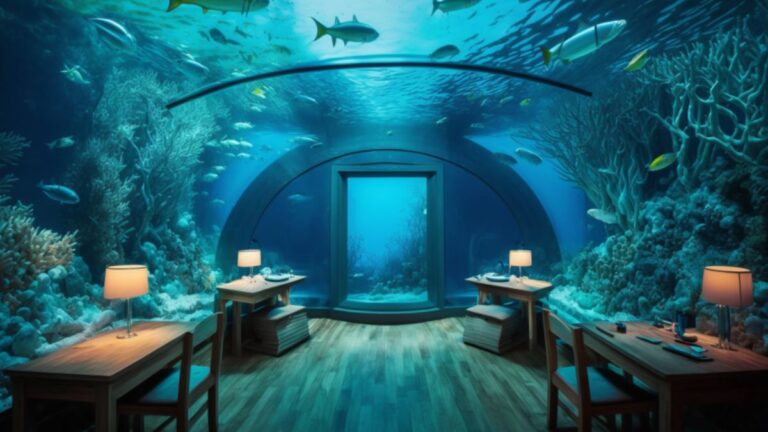Ensuring Wellbeing: Health and Safety on Cruise Ships
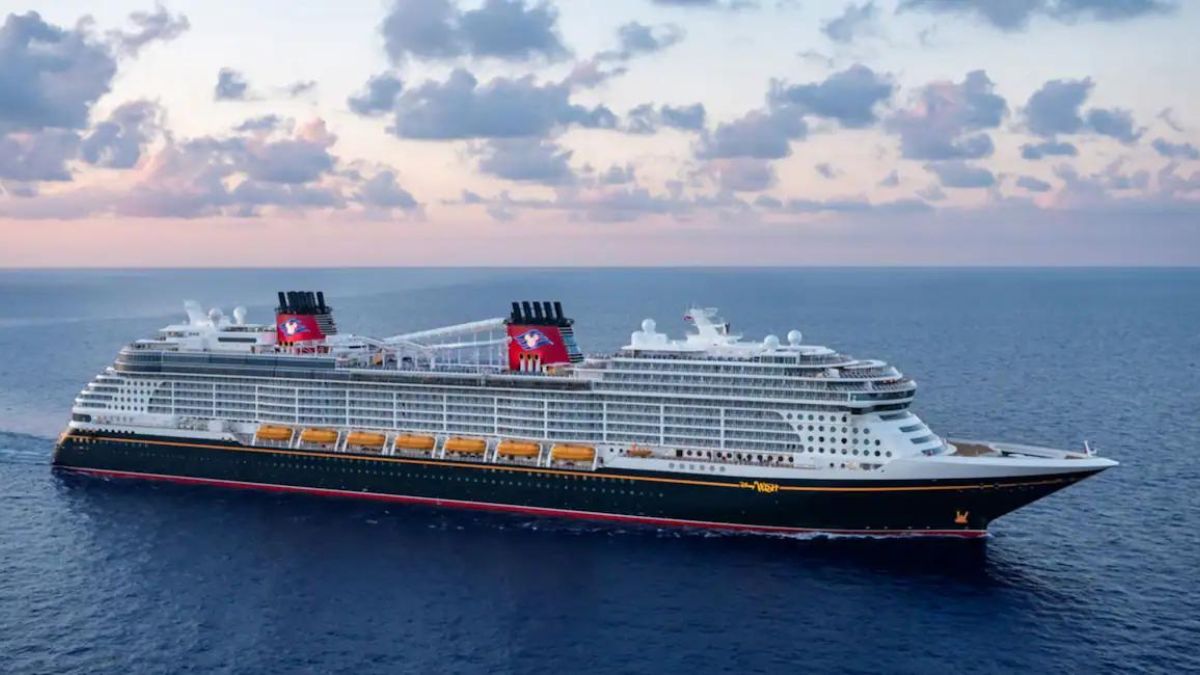
As participants in Amazon Associates and other programs, we earn from qualifying purchases. This comes at no additional cost to you. For more details, see our Affiliate Disclosure.
The thrill of the open seas, coupled with the excitement of far-off destinations, makes cruising a unique holiday experience for many. Yet, along with the charm and delight, it’s the assurance of safety and well-being that transforms a journey into a truly memorable voyage. Ensuring health and wellbeing on cruise ships isn’t simply about keeping unpleasant seasickness at bay.
It’s about curating a safe, engaging environment where each passenger can enjoy their adventure worry-free. From meticulous hygiene measures to top-notch medical facilities onboard, this article aims to illuminate how today’s cruise industry strives to deliver an experience that’s as safe as it is enjoyable.
Hygiene Standards: Redefining Cleanliness at Sea
Over the years, the cruise industry has consistently demonstrated its commitment to maintaining a clean and hygienic environment for its passengers and crew. Now, with renewed vigor, cruise lines are redefining cleanliness at sea, adopting rigorous protocols to ensure the highest standards of hygiene onboard.
Daily sanitation practices have been significantly stepped up, with frequent cleaning and disinfecting of all areas, focusing especially on high-touch surfaces like railings, door handles, elevator buttons, and public areas. This relentless attention to cleanliness is accompanied by the use of high-grade, environmentally friendly disinfectants and sanitizers, as well as cutting-edge technologies such as electrostatic sprayers and UV light for deep cleansing.
In addition to rigorous cleaning schedules, cruise lines are incorporating innovative design features into their ships to enhance cleanliness. This could range from touchless technologies, like sensor-operated doors and faucets, to improved ventilation systems that allow more fresh air circulation.
Cruise lines are also promoting personal hygiene among passengers. Sanitizer stations are abundant throughout the ship, and reminders for frequent hand-washing are visibly displayed. Certain cruise lines have even introduced hygiene ambassadors, crew members dedicated to encouraging and maintaining hygiene practices among passengers.
The focus on hygiene extends beyond just the ship. Excursion operators are required to adhere to the same stringent hygiene standards, ensuring that passengers can enjoy their off-ship adventures with the same peace of mind.
These extensive measures showcase the cruise industry’s commitment to redefine cleanliness at sea, putting passenger and crew safety at the forefront, and allowing everyone onboard to relax and enjoy their journey with confidence.
Onboard Medical Capabilities: More Than Just First Aid
As the cruise industry evolves, so too do the onboard medical facilities. No longer limited to offering just first aid, modern cruise ships are equipped with advanced medical centers designed to handle a variety of health concerns. These improvements demonstrate the industry’s dedication to going above and beyond to ensure the health and wellbeing of every passenger and crew member.
Most cruise ships today are equipped with medical centers that resemble mini hospitals. They house examination rooms, critical care beds, and a pharmacy, and have the capability to provide emergency care, perform minor surgical procedures, and treat a variety of conditions. In the hands of experienced and qualified medical professionals, these facilities stand ready to respond to health concerns around the clock.
Beyond immediate care, cruise ships are enhancing their medical services to include preventative care and wellness initiatives. Regular health screenings, vaccination services, and health awareness programs are a part of this broadened healthcare approach. In some cases, passengers can even avail of telemedicine consultations, providing an extra layer of convenience and reassurance.
Equally important is the cruise lines’ cooperation with onshore medical facilities. In case of complex medical emergencies, efficient procedures are in place for rapid patient evacuation to well-equipped hospitals on land. This seamless coordination with ground services further amplifies the extent of care available during a cruise.
In essence, the enhanced onboard medical capabilities on cruise ships signify a profound commitment to passenger wellbeing. With robust healthcare infrastructure in place, cruisers can embark on their sea-bound adventure knowing they’re well-covered for any medical contingencies.
Crew Training: The Human Element of Safety Measures
While technological advancements and stringent protocols play a crucial role in ensuring passenger wellbeing, the human element, brought forth by the crew, is just as indispensable. Cruise lines are investing significantly in extensive crew training programs, understanding that well-trained, knowledgeable staff form the backbone of a safe and secure cruising environment.
The crew on modern cruise ships is trained to tackle a myriad of situations, ranging from basic first aid to complex emergency scenarios. This training includes both theoretical knowledge and hands-on drills, enabling them to react effectively to any situation that might arise. They are also trained in managing emergency evacuations, ensuring that in the event of a critical situation, they can guide passengers swiftly and safely.
Hygiene and cleanliness are another integral part of crew training. Each staff member, regardless of their role, is trained in maintaining the highest levels of cleanliness in their respective areas. They are well-versed in the sanitation protocols and procedures that are critical to maintaining a healthy environment onboard.
Crew members are also tasked with promoting and monitoring health and safety guidelines among passengers. This includes reinforcing the importance of personal hygiene, reminding passengers to wash their hands regularly, and ensuring that guidelines are being followed in public areas.
Moreover, crew training is a continuous process. Cruise lines ensure that their staff are regularly updated with the latest safety protocols, medical practices, and emergency procedures. This commitment to ongoing learning helps to ensure that passengers are in the most capable hands throughout their journey.
Crew training serves as a testament to the cruise industry’s commitment to safety and wellbeing. By empowering their crew with the skills, knowledge, and tools necessary to safeguard passenger health, cruise lines are enhancing the overall safety and security of the cruising experience.
Emergency Preparedness: Ready for the Unexpected
Despite the tranquillity of the sea and the allure of exotic destinations, a cruise ship is not exempt from the potential of unexpected events. Whether it’s a medical emergency, adverse weather conditions, or mechanical issues, a well-prepared crew and a ship equipped with the right resources can make all the difference. The cruise industry, therefore, places great importance on robust emergency preparedness to ensure the safety and wellbeing of everyone onboard.
One of the most crucial aspects of emergency preparedness is the formulation of comprehensive emergency response plans. These plans detail procedures for a range of scenarios, from passenger illness to the unlikely event of abandoning the ship. They are crafted not just in compliance with international maritime regulations, but also considering the unique operational aspects and passenger demographics of each ship.
Drills are an essential part of emergency preparedness. Both crew and passengers participate in drills, such as muster drills, to familiarize themselves with evacuation routes, lifeboat locations, and safety procedures. Regular fire and safety drills also help the crew stay vigilant and prepared to tackle any potential emergencies.
Onboard communication systems also play a vital role in emergency preparedness. These systems, which include public announcement systems and personal messaging to cabins, ensure that vital information can be conveyed quickly and clearly to all onboard during an emergency.
Equipment readiness is another key aspect of preparedness. Life-saving appliances such as lifeboats, life rafts, and life jackets are regularly inspected and maintained, while fire safety equipment is kept ready for immediate use.
Collaboration with local authorities and onshore medical facilities is also an important aspect of emergency preparedness. In the event of a serious emergency requiring evacuation or specific medical assistance, cruise ships have established procedures for swift coordination with relevant onshore agencies.
Emergency preparedness on a cruise ship goes far beyond the basic requirements. It’s about being ready for the unexpected, ensuring quick and efficient response times, and ultimately, safeguarding the wellbeing of everyone onboard.
Passenger Responsibilities: Your Role in Maintaining a Safe Environment
While cruise lines go to great lengths to ensure a healthy and safe environment onboard, passengers also play a crucial role in maintaining this safety. As part of the cruising community, every traveler has responsibilities that contribute to the collective wellbeing. Understanding and embracing these responsibilities can make a significant difference in the overall safety and enjoyment of the cruise journey.
One of the most basic responsibilities is adhering to personal hygiene practices. Regular hand washing, making use of the sanitizer stations provided, and maintaining cleanliness in personal cabins can greatly contribute to minimizing health risks onboard.
Passengers are also expected to participate in safety drills, an essential part of understanding the ship’s emergency procedures. Paying attention to safety briefings, learning evacuation routes, and understanding the use of life-saving equipment is key to preparedness in the event of an emergency.
In addition, it’s important for passengers to respect the guidelines set by the cruise line for onboard behavior and activities. This includes following rules for public areas, respecting the ship’s smoking policy, and observing guidelines for interactions with crew and other passengers.
Responsible consumption of food and beverages is another important aspect of passenger safety. This includes paying attention to personal dietary restrictions and being mindful of alcohol consumption.
Lastly, passengers should communicate any health issues promptly to the ship’s medical center. Early reporting of health concerns not only allows for prompt treatment but also helps prevent potential health risks to other passengers and crew.
While the cruise lines work tirelessly to ensure a safe and healthy environment, the role of passengers is equally significant. By fulfilling their responsibilities, every traveler can contribute to a safer and more enjoyable cruising experience for all.

